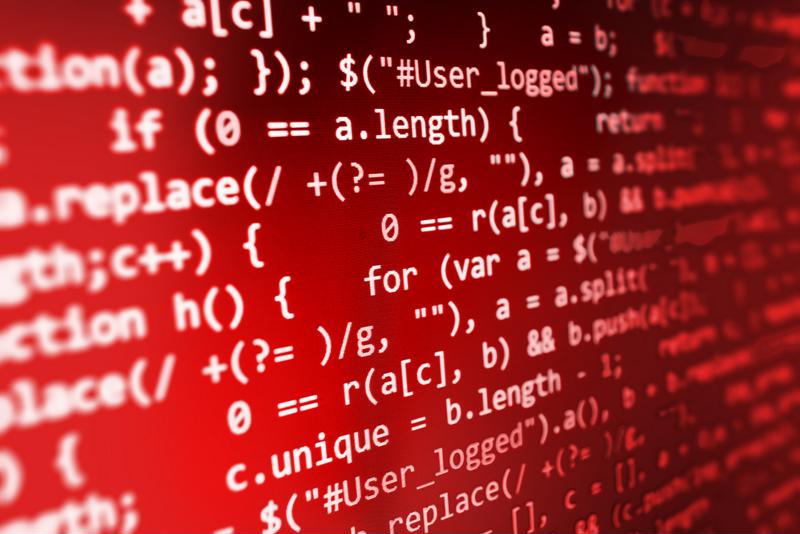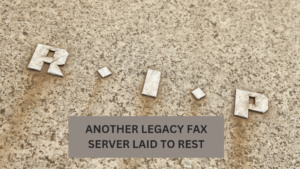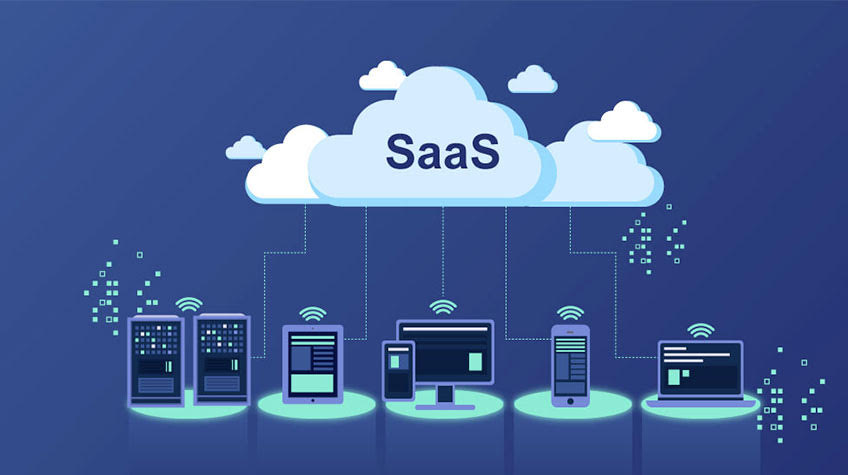While cybersecurity is a major concern of every single industry, the health care sector is especially vulnerable to attack. The personally identifiable information contained within electronic health records, coupled with the fact that many of these documents often contain embarrassing facts about the patient, makes health care a ripe target for cybercriminals. In fact, the Ponemon Institute and IBM found that the average health care record costs $363 following a data breach, more than twice that for the entire business world's average.
The health care industry's risk of cyberattack has been well-known for years, but a recent study conducted by IT security firm Redspin is shedding some new light on the problem at hand. The report, which was discussed by Health IT Security contributor Sara Heath, found that hackers are increasingly targeting medical records at an alarming rate.
Massive increase in health care hacks
While hacking may be the most sensational cause of data breaches, these information leaks can often be caused by human carelessness and other mistakes. In fact, the Redspin study found that in 2014, only 53 percent of medical data breaches could be traced back to a hacking attempt. However, by 2015, that number skyrocketed to 98 percent.

While that statistical change alone should be enough to convince anyone of the growing risk of cyberattack facing medical facilities, the truly frightening part of this report was how many breaches the industry had seen in the past few years. The study stated that since 2009, there have been more than 154 million breaches of records containing health care information. However, in 2015 alone, there were more than 113 million.
That's an incredible majority of successful hacks being contained within a single year, showing just how quickly cybercriminals are targeting the health care industry. The information contained within these records are obviously valuable, and as such health care administrators need to take better precautions to prevent these kinds of attacks.
The future doesn't look bright, either
Although the past year saw an increase in these kinds of attacks on electronic health records, research from IDC points to the fact that the situation is only going to get worse. The study found that around one-third of all Americans will have their protected health information stolen in 2016. Considering the current population of more than 322 million, this research points to a similar year of health care data breaches as 2015.
Clearly, hackers are getting quite a lot out of stealing the information of those who have already fallen victim to a medical malady. This high return on time and effort spent isn't going to stop unless health care professionals do everything they can to protect patients' protected health information.
"Many health care administrators are turning to fax over IP."
FoIP increases security
There are many ways to increase security within a medical facility. While cybersecurity software and education for staff members are an obvious necessity, many health care administrators are turning to fax over IP as a solution for their document transfer needs. As the name implies, FoIP utilizes an Internet connection to send a fax to the designated recipient. However, unlike other Internet-based modes of communication such as email, FoIP has long been considered a safe way of moving private documents back and forth.
What's more, FoIP is compliant with the Health Insurance Portability and Accountability Act, a regulatory bill that places high standards on how medical professionals can send and store patient information. Not only does cloud fax keep information safe, it helps health care facilities avoid steep HIPAA fines.
Enhance enterprise communication, collaboration and compliance efforts with a proven FoIP solution from FaxCore. Contact FaxCore today to learn more about their 'Partly-Cloudy' fax solutions.




